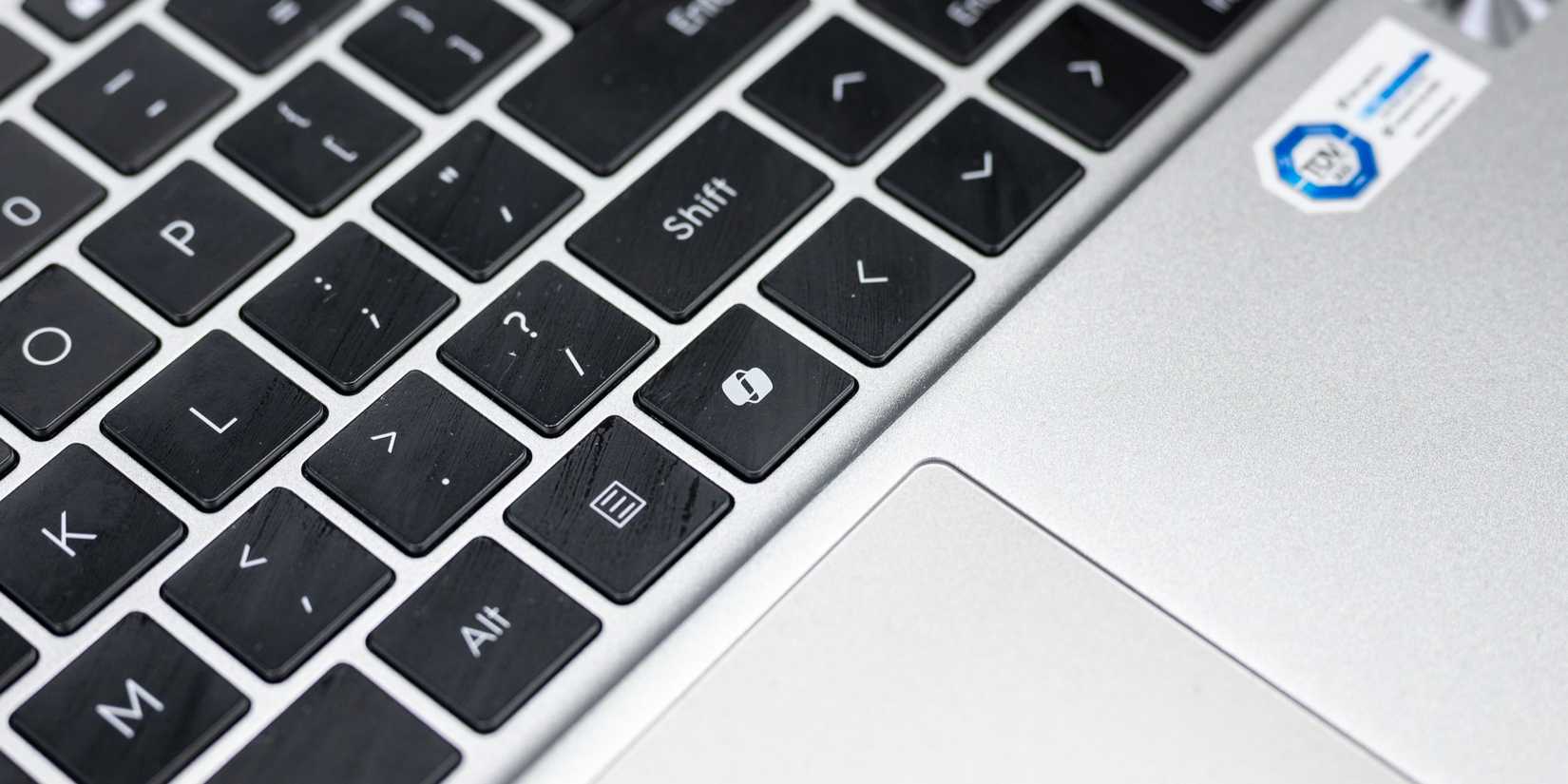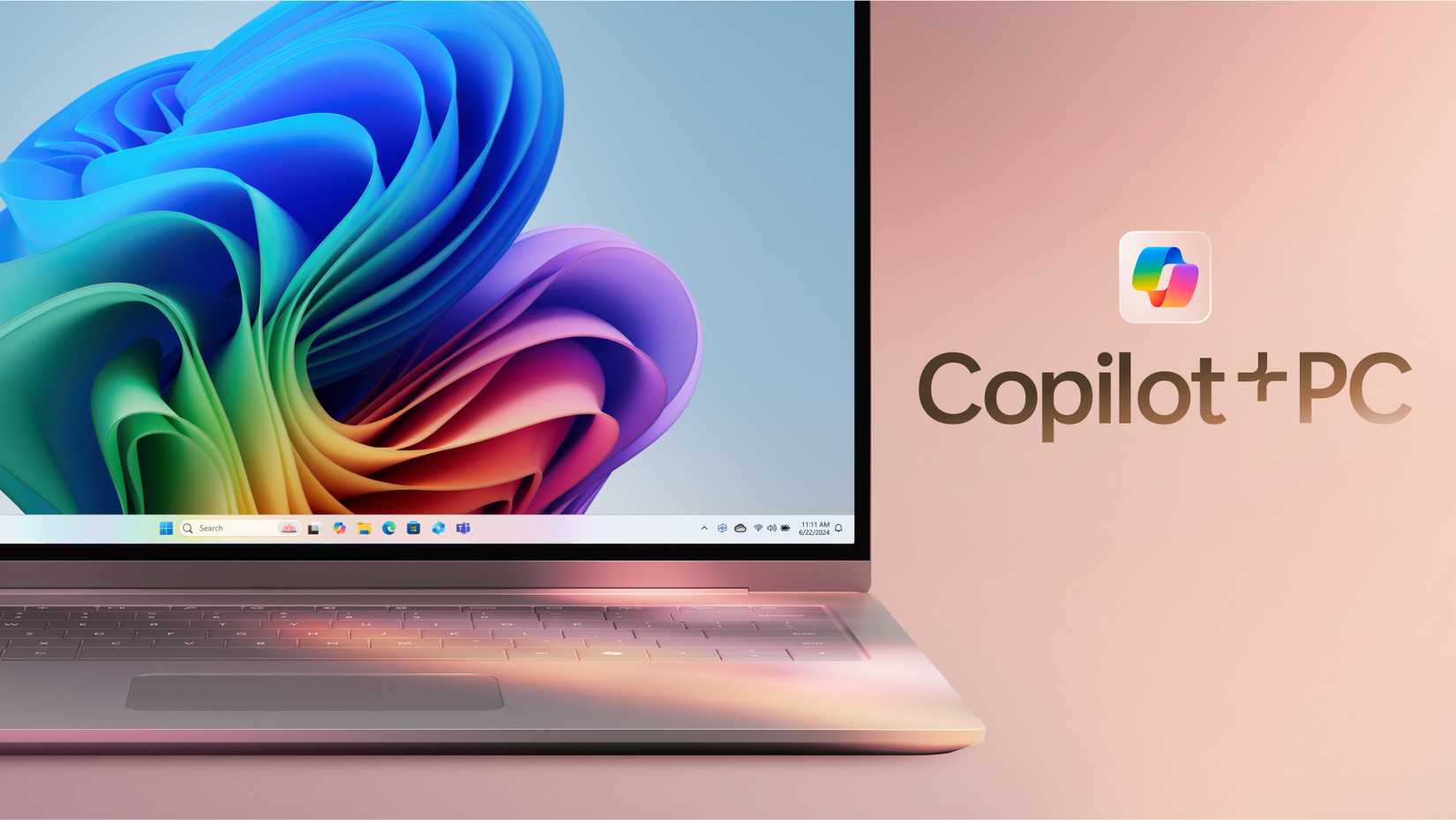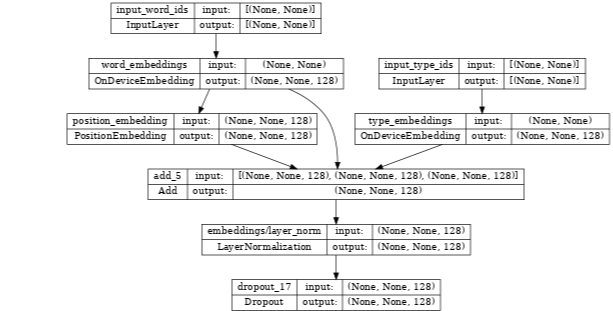Microsoft calls Copilot+ a revolution in laptops, but one unresolved issue undermines all the promises. Until that’s fixed, upgrading to new hardware feels pointless.
The promise that almost got me to buy a Copilot+ PC
Fast, efficient, and convincing
Copilot+ isn’t just being sold as a faster laptop. The difference is in the NPU, a processor that can handle over 40 trillion operations every second. That kind of power means your laptop can handle AI tasks on its own, without sending data to the cloud. It drives tools such as natural-language search and on-screen quick actions, which feel faster because they do not rely on an internet connection.
Microsoft points to its own battery and performance tests to back up the pitch. Copilot+ laptops are rated for up to 22 hours of offline video playback, and in those tests, some models were about 13% faster than Apple’s MacBook Air M4 and up to 58% faster than the M3. Even in Microsoft Office, the company reports improvements of up to 20% compared to the M3 Air and up to 35% compared to the M2.
To show how that translates to real use, Microsoft ran demonstrations of everyday tasks on old and new systems. Search located and moved an image about 70% faster, while Click to Do finished an object-removal step about 55% faster. Together, the benchmarks and demos paint a picture of a laptop that lasts longer and feels quicker without changing how you work. It was impressive, but the feature that Microsoft was really betting on went far beyond speed. That feature was Recall.
Then I looked closer at Windows Recall
Recall looked smart, but felt unsafe
Microsoft calls Recall the centerpiece of Copilot+, and at first, it is easy to see why. Once enabled, your laptop begins taking regular snapshots of your screen. Those snapshots build into a timeline you can scroll through and search like a visual history of your computer. If you forget where something was, you do not need to remember the file name or app. A plain description is usually enough for Recall to find it.
On paper, Recall is built to be private. The snapshots stay on your device, they are encrypted, and you must use Windows Hello (face, fingerprint, or PIN) to open or manage them. You can block specific apps or browsers and clear snapshots whenever you want. These controls help, but they do not change the fact that once Recall is on, it keeps recording until you pause or turn it off.
The way Microsoft handled its rollout only increased caution. The company paused the feature in 2024 after privacy backlash, then relaunched it in 2025 with stricter sign-in rules and isolated security zones. Those steps improve security, but they do not change the core design. Recall still creates a continuous record of your screen, and on a laptop I use for work, banking, and personal conversations, that record feels more like a liability than a feature.
Privacy, storage, and trust — where recall loses me
Trust issues I can’t overlook
For me, the biggest red flag with Recall is privacy. I would be paying for a laptop with a feature I might disable on day one. Microsoft says the snapshots stay on the device, are encrypted, and locked behind Windows Hello. That protects them when the PC is off or locked, but once I sign in, Recall is unlocked for the entire session. If malware sneaks in or someone compromises my account, those snapshots could spill private conversations, financial details, or sensitive work files, showing the privacy risks associated with Recall.
Storage is another concern. On a 256 GB system, Recall reserves about 25GB by default, nearly 10 percent of the drive. Larger systems scale higher. That is before I have installed my apps or synced my files. And because snapshots are saved in the background every few seconds, they create steady write activity on the SSD. Modern drives can handle heavy use, but Microsoft has not provided data showing that Recall will not affect them over time.
There are some privacy controls, like blocking apps, excluding browsers, or clearing history, and they help at the margins. But they do not solve the bigger issue. Once Recall is enabled, it records by default unless I change its settings. That flips the burden onto me to pause, block, or delete. A feature designed to save time should not make working harder for the sake of feeling safe.
What Microsoft needs to fix before I buy a Copilot+ laptop
There are a few major issues
I’m not against Recall entirely. In fact, I think the concept has real potential. But before I’d buy a Copilot+ laptop, Microsoft would need to address a few major issues. First, Recall should let me decide what and when it records. An allow-list option would let me choose the apps and activities it captures, instead of relying on exclusions that never feel comprehensive.
Second, storage management should be smarter. Recall already deletes old snapshots when space runs low, but it needs clearer default limits and more control over how much space it uses. It should also make it easier to keep work and personal snapshots separate, so one doesn’t spill into the other. That would make the feature easier to trust and less of a burden.
Third, Recall should include a simple pause button. If I open banking apps, start sensitive work, or have a personal conversation, I should be able to stop snapshotting instantly and restart it when I’m ready. That kind of control would go a long way toward making the feature feel safe to use.
No upgrade until it’s fixed
Most importantly, Microsoft needs to prove its privacy promises are real. Users need a clear guarantee that snapshots will always stay on their devices and never be uploaded anywhere else. Regular transparency reports, which show exactly how the data is handled, along with independent audits, would make that guarantee believable.
Until Microsoft makes these changes, Recall feels more like a risk than a reason to upgrade. Right now, Copilot+ PCs just don’t work for average users, and that’s enough reason for me to stay away.











